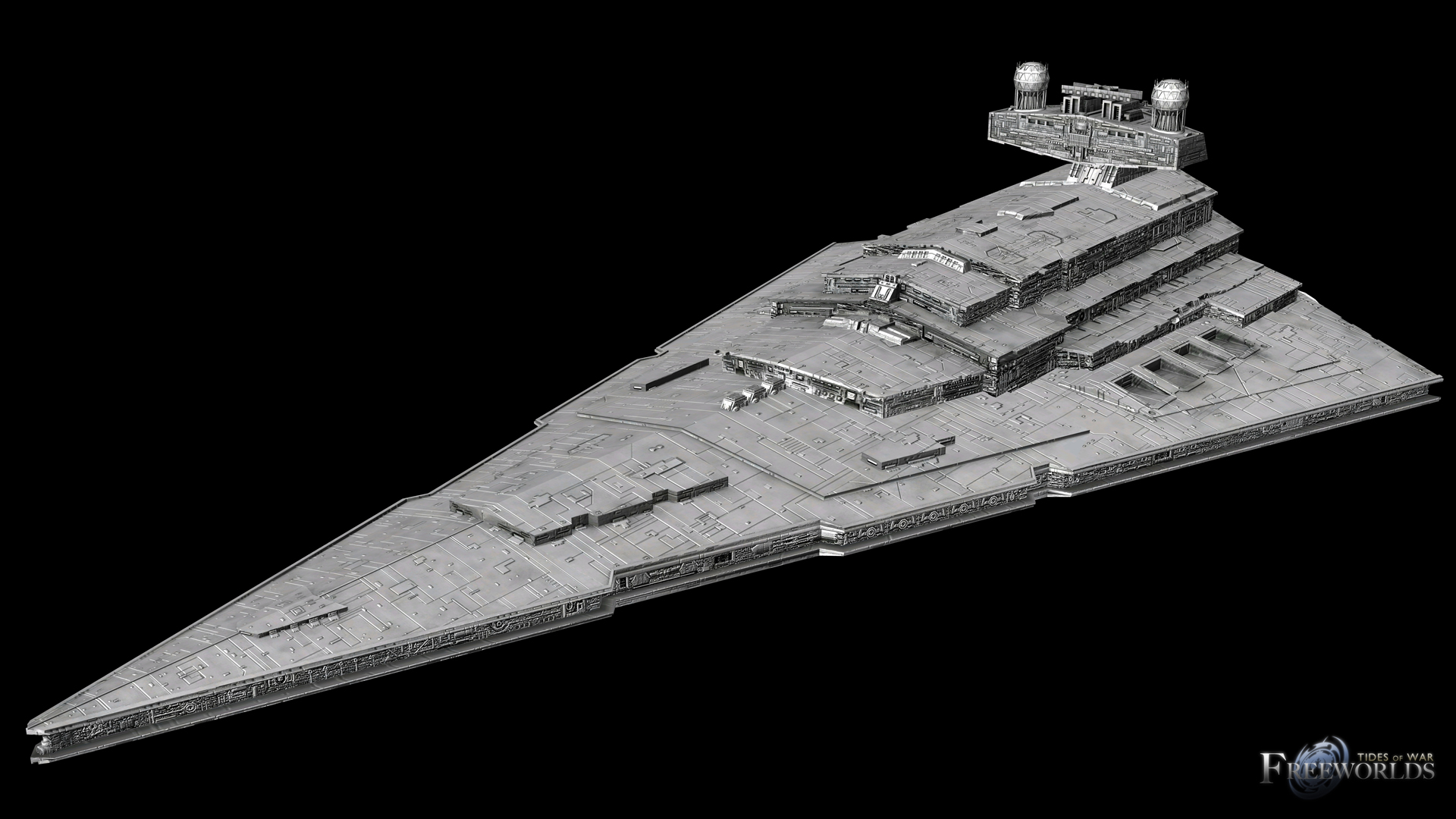

One consequence is the dissipation of rotational energy due to friction during flexure of the bodies themselves. Although the tidal effect on Earth’s seas is observable on a daily basis, long-term consequences cannot be observed so easily. The effect stretches the bodies along the line between their centers. Tidal forces exist between any two bodies. Although ocean tides are much smaller than a meter in many places around the globe, the tides at the Bay of Fundy ( Figure), on the east coast of Canada, can be as much as 16.3 meters. The range of tides due to these effects is astounding. The greatest causes of tide variation are the topography of the local shoreline and the bathymetry (the profile of the depth) of the ocean floor. Conversely, it is relatively small if it occurs when the Moon is at apogee and Earth is at aphelion. Both the Moon’s orbit about Earth and Earth’s orbit about the Sun are elliptical, so a spring tide is exceptionally large if it occurs when the Moon is at perigee and Earth is at perihelion. Tidal forces are greater when the distances are smaller.

The relative angles of Earth and the Moon determine spring and neap tides, but the magnitudes of these tides are affected by the distances from Earth as well. The magnitude of the tides, however, is far more complicated. Visit this site to generate tide predictions for up to 2 years in the past or future, at more than 3000 locations around the United States. The actual timing of the tides is complicated by numerous factors, the most important of which is another astronomical body-the Sun. Since the Moon also orbits Earth approximately every 28 days, and in the same direction as Earth rotates, the time between high (and low) tides is actually about 12.5 hours. In 6 hours, the near and far locations of Earth move to where the low tides are occurring, and 6 hours later, those locations are back to the high-tide position. But Earth rotates (in the direction shown by the blue arrow) approximately every 24 hours. Relative to the Moon, the bulges stay fixed-along the line connecting Earth and the Moon.

If Earth were not rotating and the Moon was fixed, then the bulges would remain in the same location on Earth. Why does the rise and fall of the tides occur twice per day? Look again at Figure. These forces would diminish to zero as you approach Earth’s center. In this figure, the tidal forces are shown at the ocean surface. This defines the baseline sea level and here we consider only the much smaller tidal bulge measured from that baseline sea level.)įigure 13.23 The tidal force is the difference between the gravitational force at the center and that elsewhere.

We saw earlier that Earth bulges many kilometers at the equator due to its rotation. (Note that the change in sea level caused by these tidal forces is measured from the baseline sea level. In Figure, this difference is shown at sea level, where we observe the ocean tides. The tidal force can be viewed as the difference between the force at the center of Earth and that at any other location. The net force on Earth causes it to orbit about the Earth-Moon center of mass, located about 1600 km below Earth’s surface along the line between Earth and the Moon. Tidal variations of the oceans are on the order of few meters hence, this diagram is greatly exaggerated. It is the difference between the gravitational force from the far side to the near side that creates the tidal bulge on both sides of the planet. Figure 13.22 The tidal force stretches Earth along the line between Earth and the Moon.


 0 kommentar(er)
0 kommentar(er)
